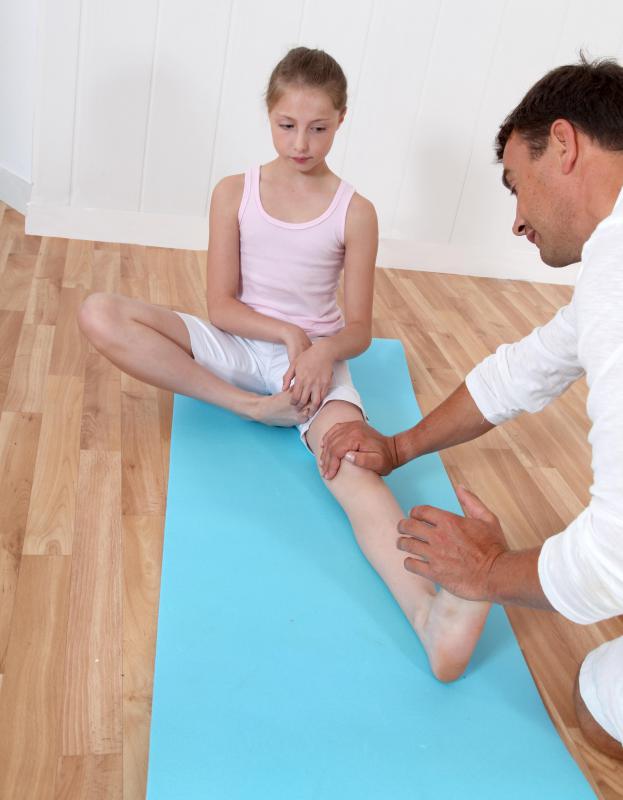At TheHealthBoard, we're committed to delivering accurate, trustworthy information. Our expert-authored content is rigorously fact-checked and sourced from credible authorities. Discover how we uphold the highest standards in providing you with reliable knowledge.
What is Stiff Person Syndrome?
Stiff person syndrome (SPS) is a neurological disorder. It appears to be similar to an autoimmune disease. This rare condition appears to affect more women than men, but does not heavily affect any particular ethnic or racial group. Sufferers usually experience progressively worsening symptoms.
A patient afflicted with stiff person syndrome typically begins to experience symptoms in his mid-forties. Muscle stiffness and rigid limbs and torso are common among these patients. Patients may affect abnormal postures, such as being markedly hunched over.
Certain stimuli may trigger an episode of symptoms. Patients may be especially sensitive to touch, noise, and emotional stress. Any of these triggers may result in muscle spasms, which can lead to falls.

The exact cause of stiff person syndrome is not known. SPS may be due to the brain or spinal cord misinterpreting an autoimmune response. It may also have a connection with some autoimmune diseases. For example, patients with SPS may also suffer from diabetes, vitiligo, and thyroid disease. These patients may also be more prone to developing epilepsy.
Patients may initially receive an incorrect diagnosis. Stiff person syndrome may be misdiagnosed as multiple sclerosis, Parkinson’s disease, or fibromyalgia. Sometimes, it may also be attributed to phobias, anxiety, or a psychosomatic illness.
The diagnosis for stiff person syndrome will typically begin with a physical exam. The doctor will evaluate the patient’s medical history and symptoms. Once the symptoms are known, the doctor may then exclude other possible medical causes.
A blood test is also helpful for a diagnosis. These results can pinpoint the number of glutamic acid decarboxylase (GAD) antibodies. An extremely high level of GAD antibodies may indicate a possible SPS diagnosis.

If the blood test reveals a high number of GAD antibodies, the next step in diagnosis is an electromyography (EMG). This test evaluates the body’s electrical activity in the muscles. Typically, with stiff person syndrome, the EMG will reveal low frequency activity.
There are several possible treatments available for stiff person syndrome, however no cure is yet known. To control the muscle spasms and rigidity, a doctor can prescribe anti-convulsant medications. Drugs such as benzodiazepines can help rapidly control symptoms. Patients taking these medications should be careful to follow their medication regimen carefully. Should a patient discontinue the medication, he may experience overwhelming muscle rigidity, which may lead to fatal respiratory problems.

Other possible treatments for stiff person syndrome include physical therapy and behavioral therapy. The patient may also find relief with immunosuppressant therapy, like a drug therapy called intravenous immunoglobulin (IVIg) treatment. Patients should be informed about all possible treatment options. Additionally, patients should wear a medical alert bracelet in case of emergencies.
AS FEATURED ON:
AS FEATURED ON:

















Discussion Comments
For more information on Stiff Person Syndrome, there are online sites dedicated to this disorder. We help raise awareness and find others for recognition that we need clinical trials and studies of this disease. We are not alone.
Ainslee, Assistant Director, SPSA
Post your comments